Earth
Sign up for our newsletter
We summarize the week's scientific breakthroughs every Thursday.
-
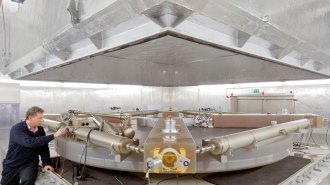 Physics
PhysicsA laser gyroscope measured tiny variations in the lengths of days on Earth
An underground gyroscope known as ‘G’ uses laser beams traveling in opposite directions to precisely measure Earth’s rotation.
-
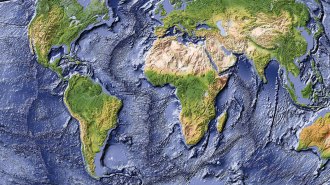 Oceans
Oceans‘The Deepest Map’ explores the thrills — and dangers — of charting the ocean
A new book follows the race to map the seafloor, documenting how it’s done, why and what a clear view of the deep sea could mean for Earth’s future.
-
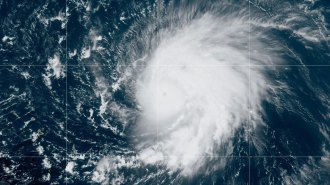 Climate
ClimateWhat’s driving an increasing number of hurricanes to rapidly intensify?
Hurricane Lee is just the latest storm to explode in power in only hours. The phenomenon is linked to a warming world.
-
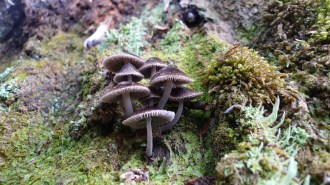 Earth
EarthWhen discussing flora and fauna, don’t forget ‘funga’
Conservation efforts often overlook fungi. That can change by using “mycologically inclusive language,” researchers say.
By Jude Coleman -
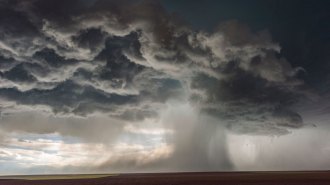 Earth
EarthHow thunderstorms can spawn damaging ‘downbursts’
Powerful winds called downbursts are not the same as a tornado, but the damage they cause can be similar — and can hit with little warning.
By Skyler Ware -
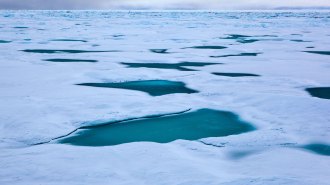 Climate
ClimateArctic sea ice may melt faster in coming years due to shifting winds
A complex dance between Arctic wind patterns and the Atlantic has limited the flow of warmer water north in recent years. That may be about to change.
-
 Chemistry
ChemistryChemists turned plastic waste into tiny bars of soap
Researchers developed a process to turn plastic waste into surfactants, the key ingredients in dozens of products, including soap.
-
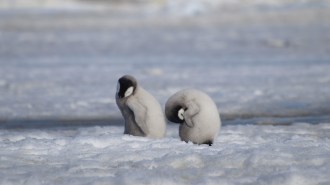 Climate
ClimateEmperor penguins lost thousands of chicks to melting ice last year
In 2022, groups of emperor penguins in western Antarctica lost almost all their chicks to receding sea ice, signaling the threat of climate change.
-
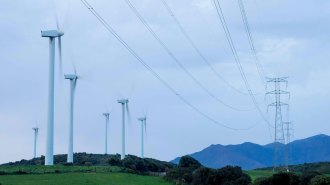 Climate
ClimateHow one device could help transform our power grid
As coal-fired power plants are retired, grid-forming inverters may be key to a future that relies on solar and wind power.
-
 Climate
ClimateSome leaves in tropical forests may be getting too hot for photosynthesis
Climate change may be forcing some tropical leaves to stop photosynthesis and die. It’s still unclear what effect this will have on entire forests.
By Nikk Ogasa -
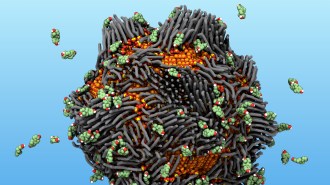 Chemistry
ChemistryMagnetic ‘rusty’ nanoparticles pull estrogen out of water
Iron oxide particles adorned with “sticky” molecules trap estrogen in water, possibly limiting the hormone’s harmful effects on aquatic life.
By Skyler Ware -
 Climate
ClimateNature’s changing colors makes climate change visible
The world’s color palette is shifting in response to climate change. Seeing these changes in nature firsthand is a powerful communication tool.
By Sujata Gupta